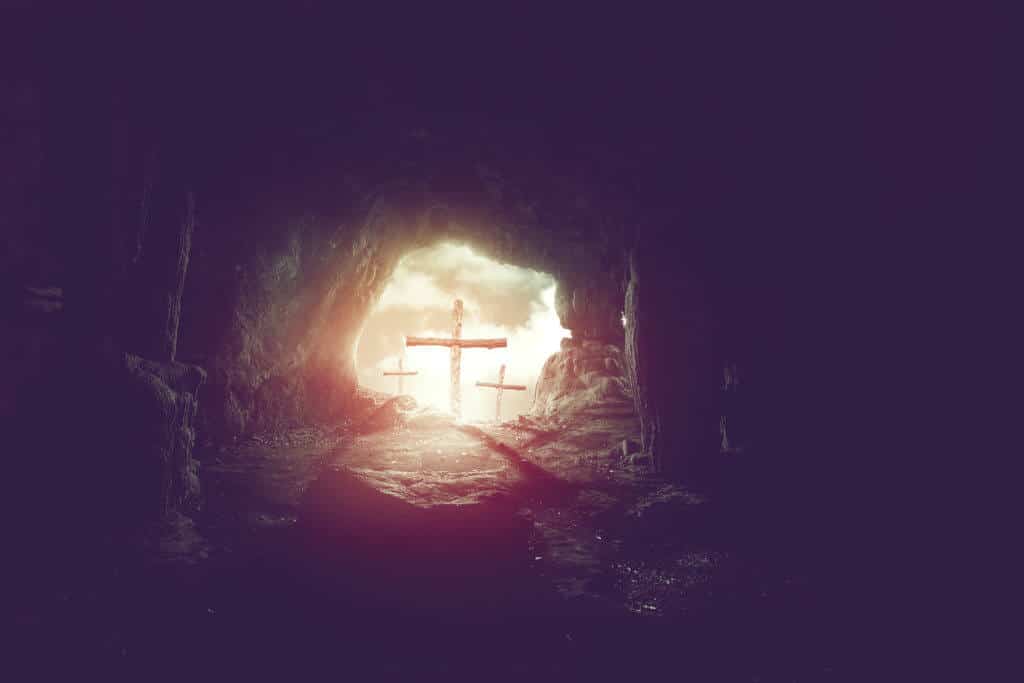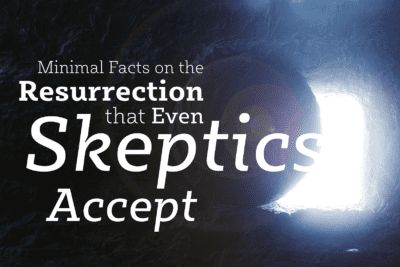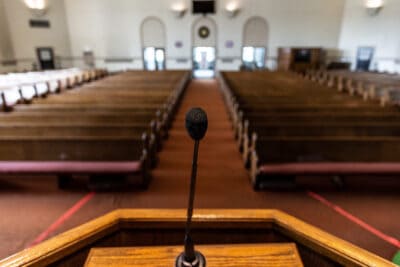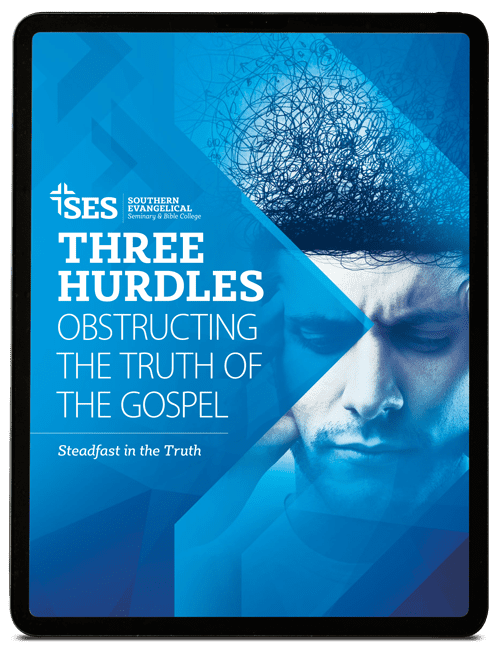I have always been fascinated by the Apostle Paul. He was no intellectual lightweight in the first century, and I would put him alongside the smartest apologists and philosophers today. Paul was educated by the well-known Rabbi Gamaliel (Acts 22:3); he was multilingual knowing Greek, Aramaic (Acts 21:37-40), and possibly Latin (Acts 24) which was the language of the elite. He used the Greek translation of the Scriptures (Old Testament) as well as other books (2 Timothy 4:13). He knew the Greco-Roman culture well having traveled throughout the Roman empire. His ministry focused on the cross and resurrection (1 Corinthians 1:17-2:4; 15); writing “Christ sent me . . . to preach the gospel.” Throughout the world, Paul sees the gospel as the decisive event in history that creates new worshipers (2 Corinthians 5:17) of the true God (1 Corinthians 8:6) in fulfillment of Scripture (Isaiah 40:9; 52:7; 61:1).
In 1 Corinthians, Paul confronts a growing view in the church that rejects the soul/body as a unity that constitutes the person. Instead, they hold the soul is the person and distinct from the body. They reason, since the matter of the body dies it must be less important than the soul that does not die. This view, as shown in The Apology of Socrates, welcomes death as a release of the soul from the prison of the body. So, what do we have to fear? This causes some to question why any heavenly figure, such as Christ, would bother coming to earth in a mortal body and die. And to question teaching that says humans will be raised again into another body. Why, after just escaping this one? And if so, what body would that be like? And further, how does this affect living? For as the saying goes, “Eat and drink for tomorrow we die.” With such thinking in the church, no wonder some even said there was no bodily resurrection of the dead (1 Corinthians 15:12). All we have and need is this new life here and now in Christ.
Paul creatively emphasizes the body and personal sanctification in his letter to the Corinthian church. In chapters 5-7, Paul admonishes sexual immorality and teaches the sexual purity of the body. Chapters 8-11 deals with the body eating meat sacrificed to idols and the proper role of the Lord’s Supper. In chapters 12-14, Paul uses the body as a metaphor to describe the functions of a healthy church. Finally, in the climax, chapter 15, Paul tackles four tough questions about the resurrection of the body.
How do we know the gospel is true? (vv. 1-11)
Paul sees the gospel is both a declaration of belief that something truly happened historically and belief in (commitment to) someone (Jesus Christ) for salvation and the beginning of a new life. Paul bases this on four articles declared in a creed (or statement) that he received from others (vv. 3-5):
- ) that Christ died for our sins according to the Scriptures,
- ) and that He was buried,
- ) and that He was raised on the third day according to the Scriptures,
- ) and that He appeared to Cephas, then to the twelve.
For Paul, the “Scriptures” provide the foundation for understanding how or in what sense Christ’s death is for us. In that, his death corrects the problem of human sin. The gospel must include the undeniability of Jesus’ death since he was buried. This would exclude the pagan idea that Jesus was purely a spiritual being that just “seemed” to have a flesh and blood body. Such a view would deny the real death of Jesus.
The “third day” points to the day of the first witnesses of his “appearance.” This is not a vision, dream, fantasy, or even theophany. But a new glory of a corporeal body that exists in sensible reality. The tangible body of Jesus appeared not only to the twelve disciples but to five hundred on a single occasion and this was verifiable, since some witnesses were still alive, at the time of Paul’s writing (54-55 AD). A gospel that only mentions the death and resurrection of Jesus, misses two necessary elements, that the dead body that was buried is the same body, though glorified, that appeared alive.
What are the reasons for the resurrection? (vv. 12-34)
Paul using classic rhetoric style, answers this question by refutation. That is, he gives reasons why a denial of the resurrection is unacceptable. A denial of the resurrection destroys the foundation of the gospel. If true, then four unacceptable things would be true (vv. 13-18):
- ) Your faith is vain (empty, worthless)
- ) You are a false witness (liar) about what God did
- ) You are still in your sins
- ) Your brethren who sleep (dead) have perished (lost)
He then adds something new which was unheard of in his day. Paul’s Jewish education would give him a belief in a general resurrection of humanity. Isaiah 26:19 says, ‘your dead will live’ and ‘their corpses will rise.’ And in Daniel 12:1-3 it says, ‘many who sleep . . . will awake.’ But Paul’s belief in a general resurrection of the dead is now preceded and made possible by the resurrection of Jesus Christ. In agricultural terms, Christ’s resurrection is the “first fruit” brought in from the harvest with the certain expectation that more of the same kind will follow later. Such certainty is achieved by only one man. Just as one man (Adam) came death for all, so too by one man (Christ) all will be made alive (v. 22).
How is the resurrection even conceivable ? (vv. 35-50)
Naturally, this leads to the questions, “how are the dead raised? and “with what kind of body do they come?” Paul answers with another agricultural analogy. A seed absorbed into the ground ceases being a seed and eventually shows its true purpose; a fully grown plant of some kind. Likewise, God in resurrecting us transforms our dead body into what he intends it to be. And this maintains the same continuity of identity in all of God’s creation. That is just as the same person is maintained throughout all its remarkable changes from conception; childhood; teenager; and adulthood. So too, our identity is preserved in the resurrection of the dead, despite the radical changes. God changes our earthly bodies in four ways (vv. 42-44):
- ) sown in decay, and then reversed in decay to be imperishable
- ) sown in humiliation, and then raised in glory or splendor
- ) sown in weakness, and then raised in power or effectiveness
- ) sown in lacking spiritual control, and then raised bodily in complete control by the Spirit of God
Just as the first man on earth, Adam became a living soul and the last Adam from heaven is a life-giving spirit (v. 45).
How does the resurrection apply to life? (vv. 51-58)
Do you now think Socrates’ illusion has helped you overcome the fear of death? How about a new revelation from the living and true God that death has lost its horror? Something Paul could never learn from his teacher, Scripture, or books. It is a “mystery” unable to be discovered by human wisdom. That a generation of believers will not die. For the dead in Christ shall rise first and then the living in the smallest conceivable moment will be resurrected, awakened like an army at the sound of a trumpet. Because of Christ’s death on the cross, the sting of a poisonous animal, sin and the law are instantly removed. Therefore, “my beloved brethren, be
- ) steadfast,
- ) immovable,
- ) always abounding in the work of the Lord,
- ) knowing that your toil is not in vain in the Lord.” (v. 58)
Since death is swallowed up in the victory of Christ, life is no longer a Socratic classroom waiting for the next life. Instead, it is a resurrection of our glorified body that begins with us now taking sanctification seriously. So, therefore, “Clean out the old leaven so that you may be a new lump, just as you are in fact unleavened. For Christ our Passover also has been sacrificed” (1 Corinthians 5:7). This is how the well-known Apostle Paul defends and explains the resurrection and applies it to the life of the believer, and worshipper of the true God in both the first and twenty-first century.
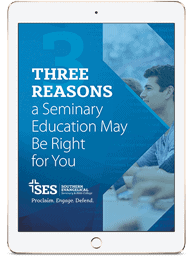
Download Your FREE eBook!
- Reading Books and Listening to Talks is Not Enough
- Not All Apologetics Methods Are Created Equally
- A Degree is More Than a Piece of Paper

